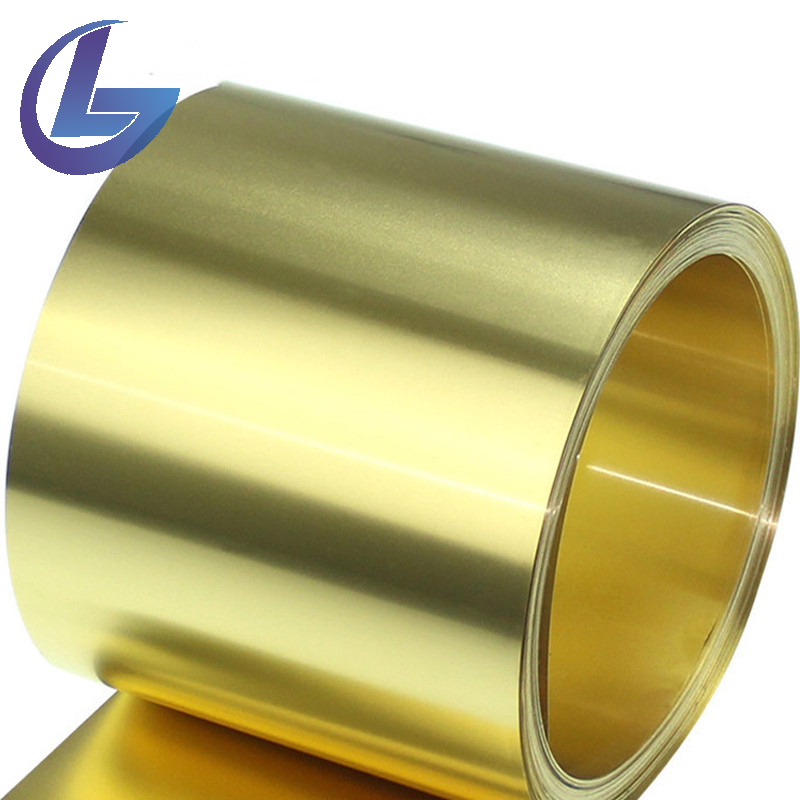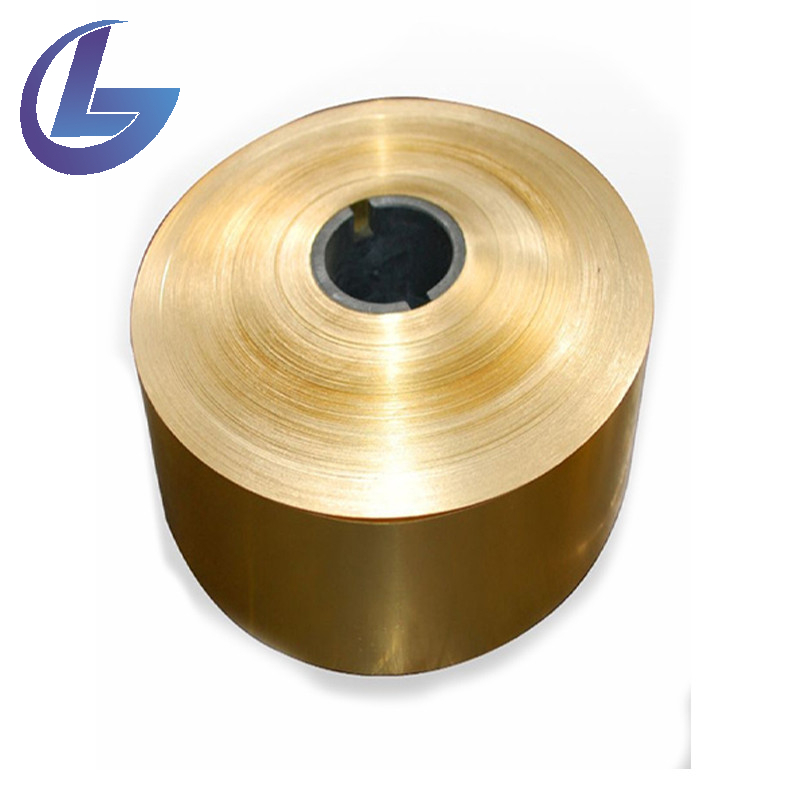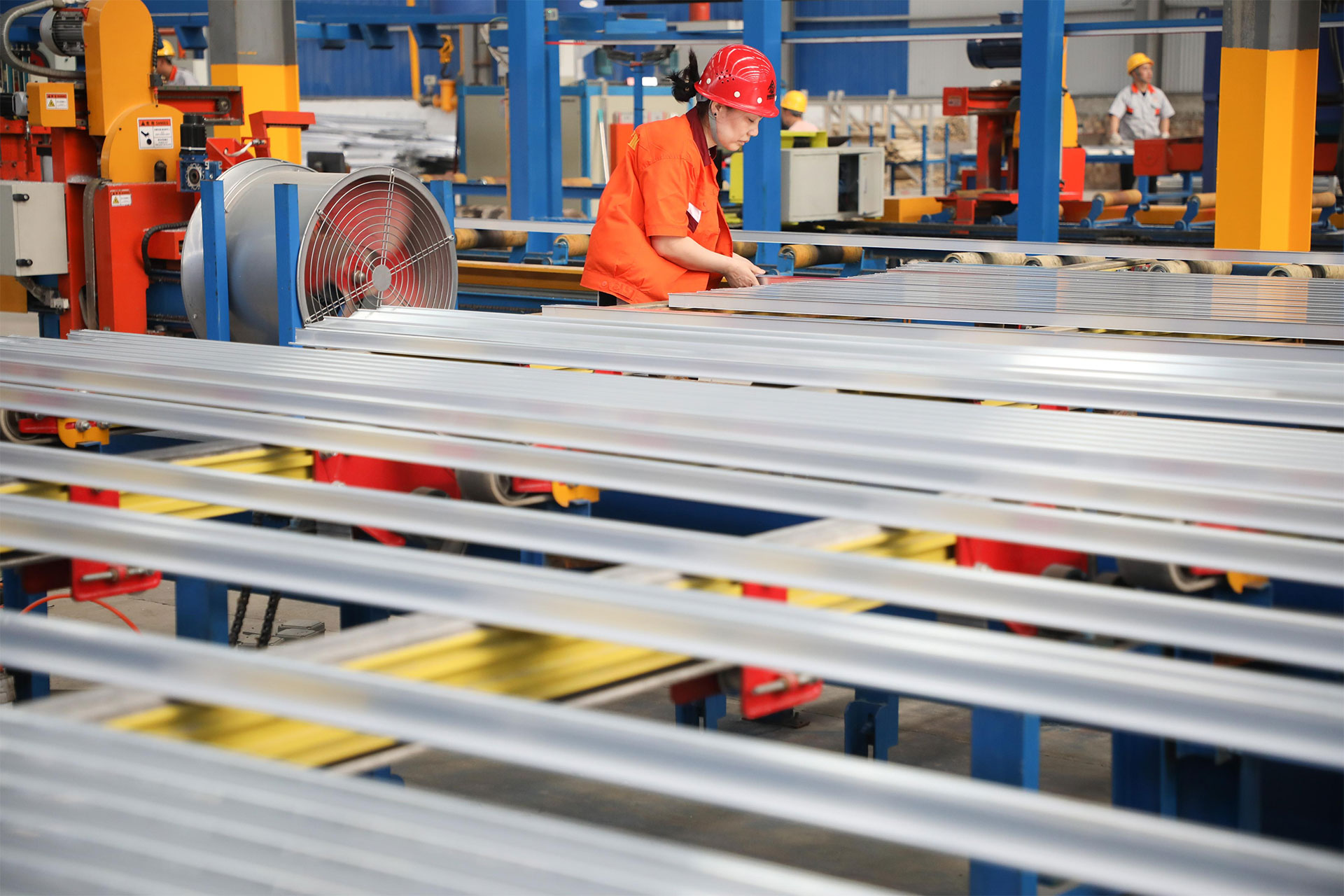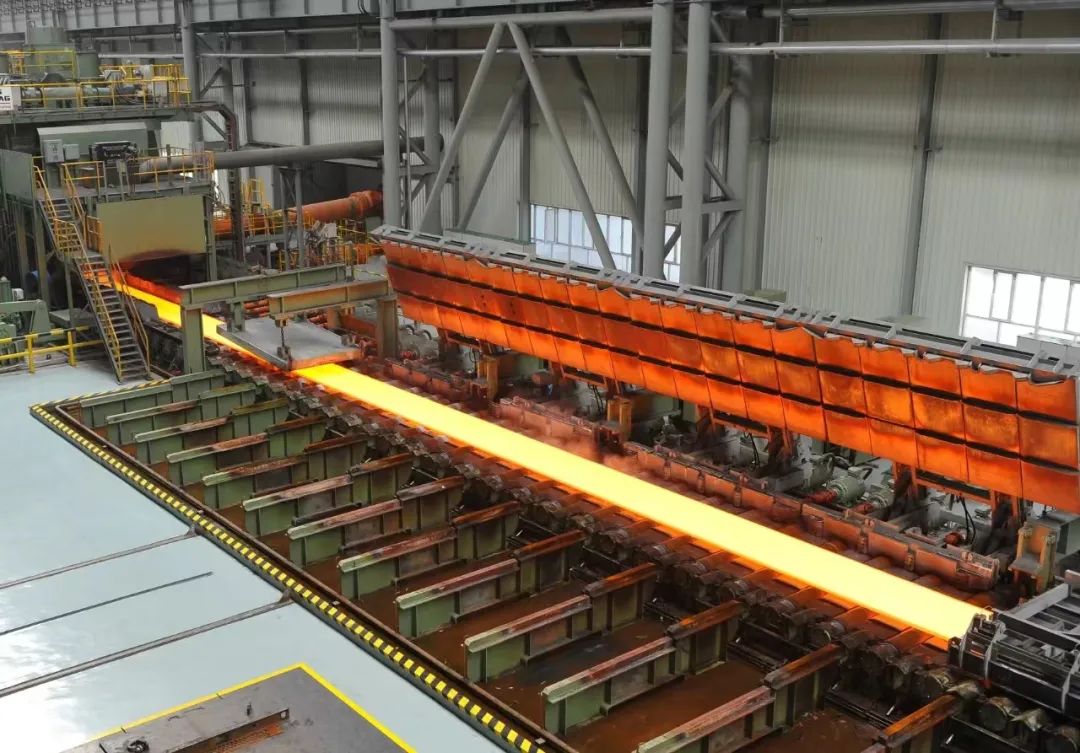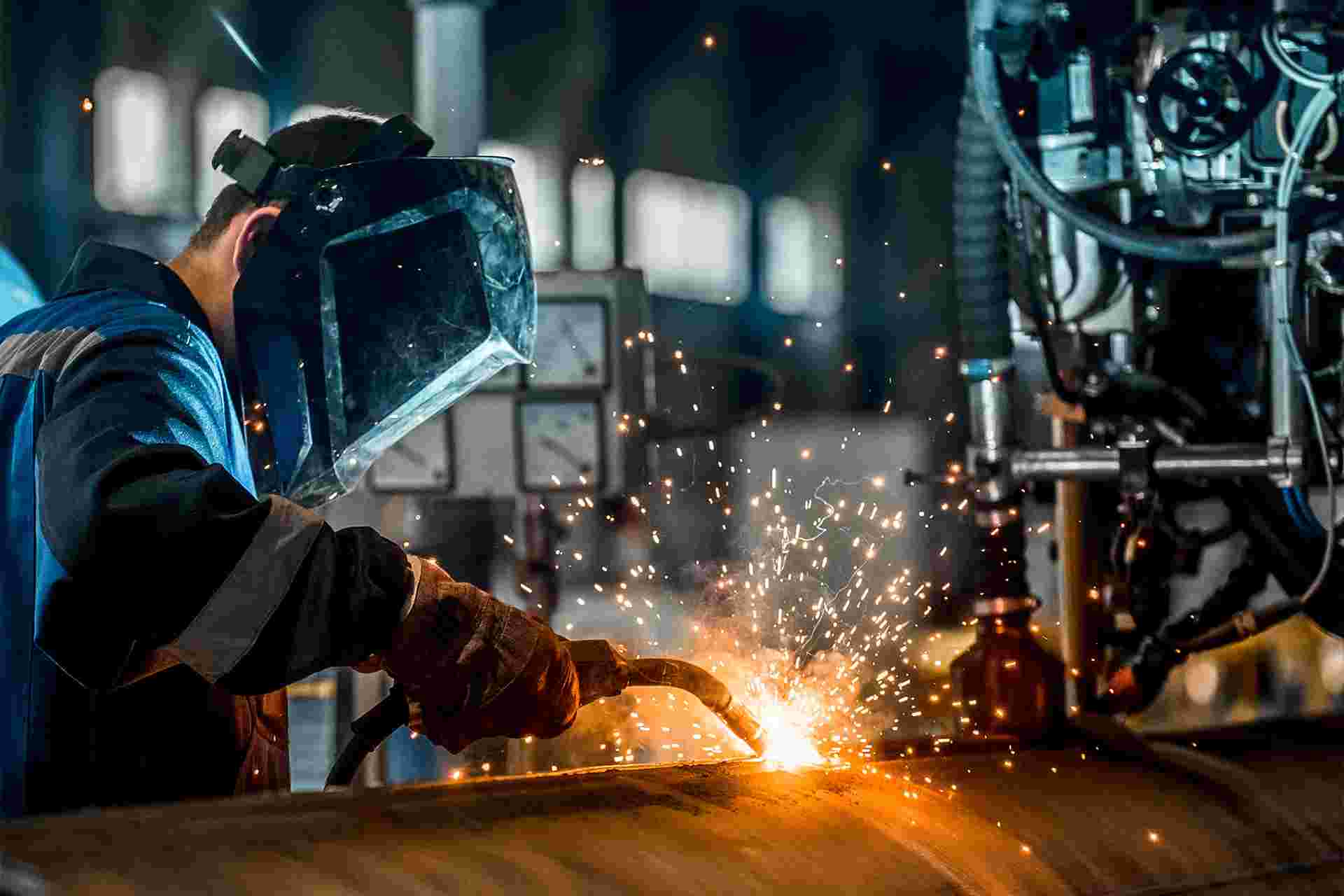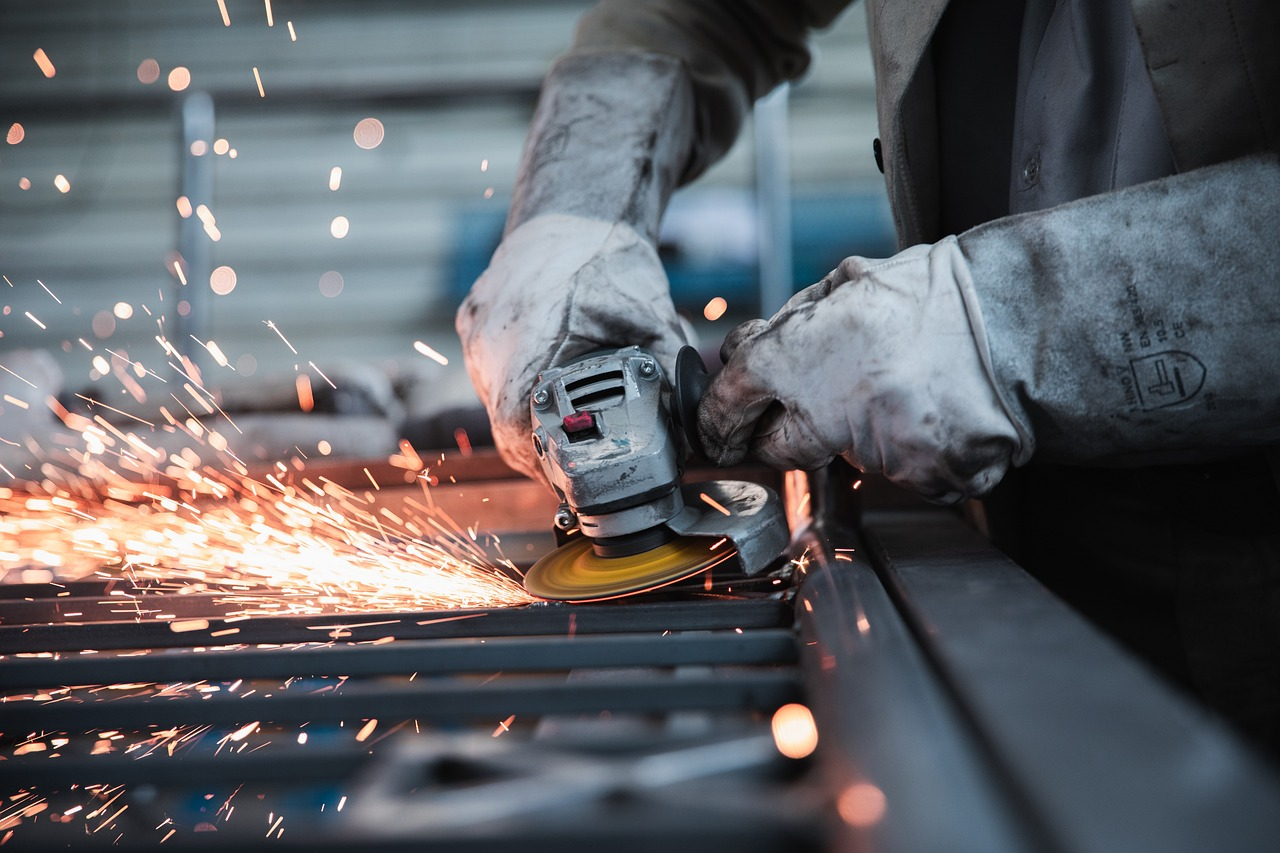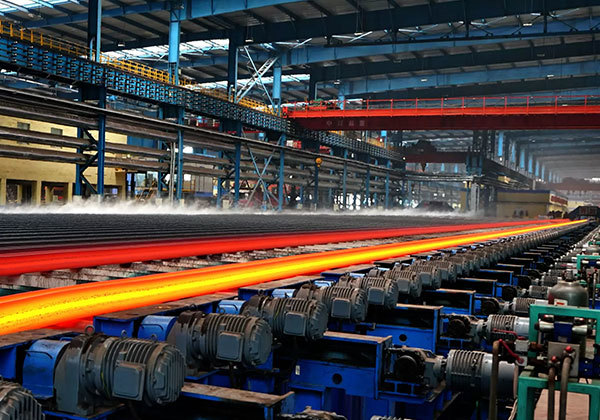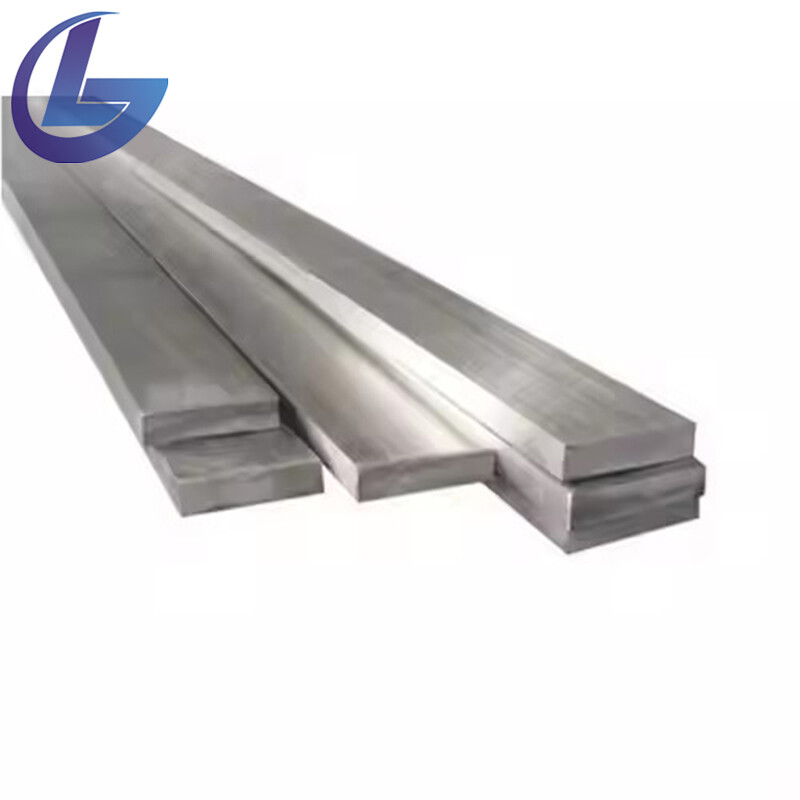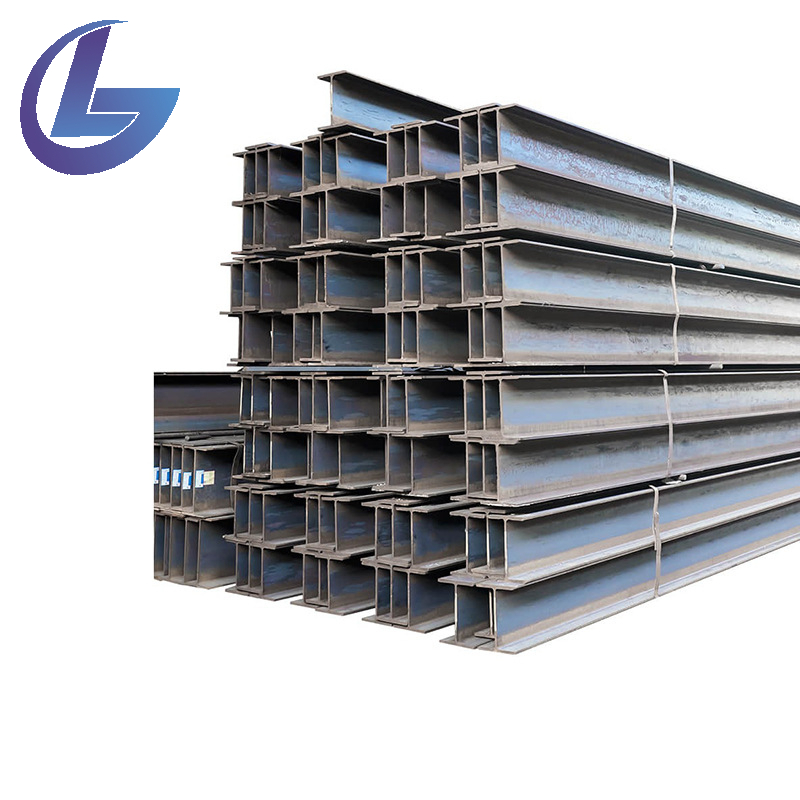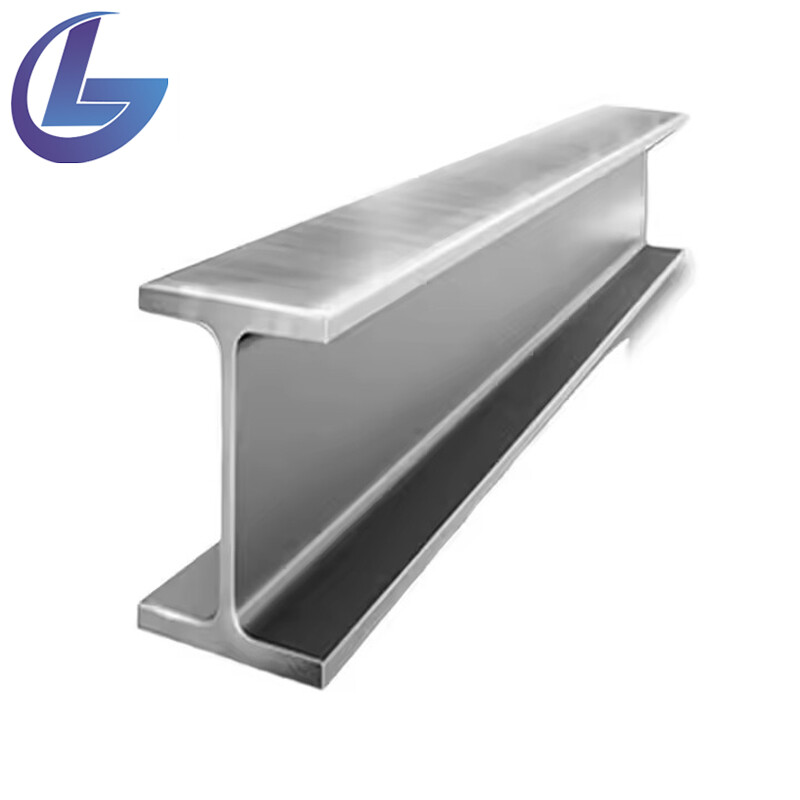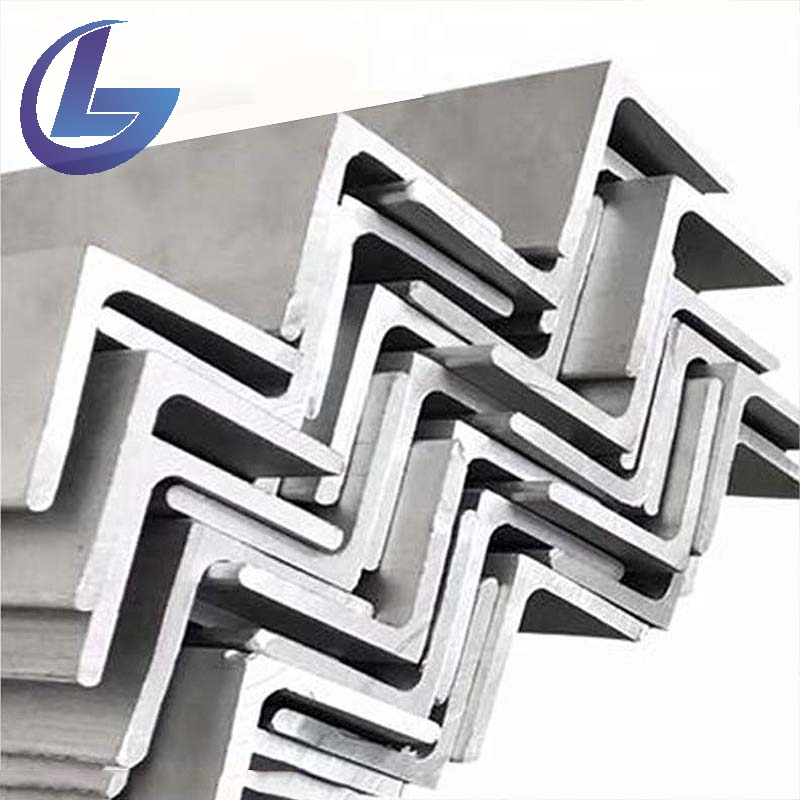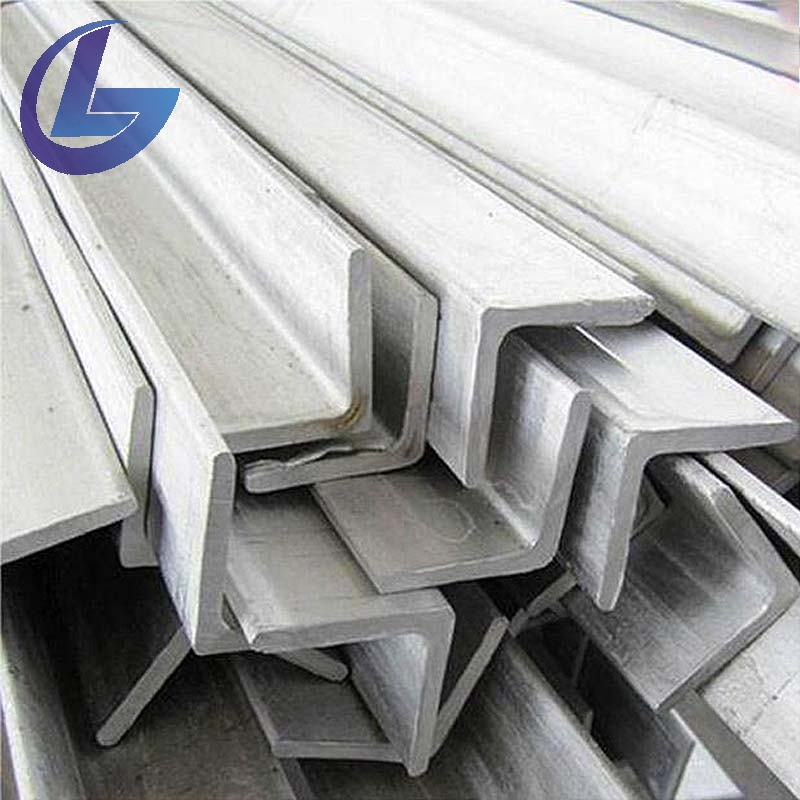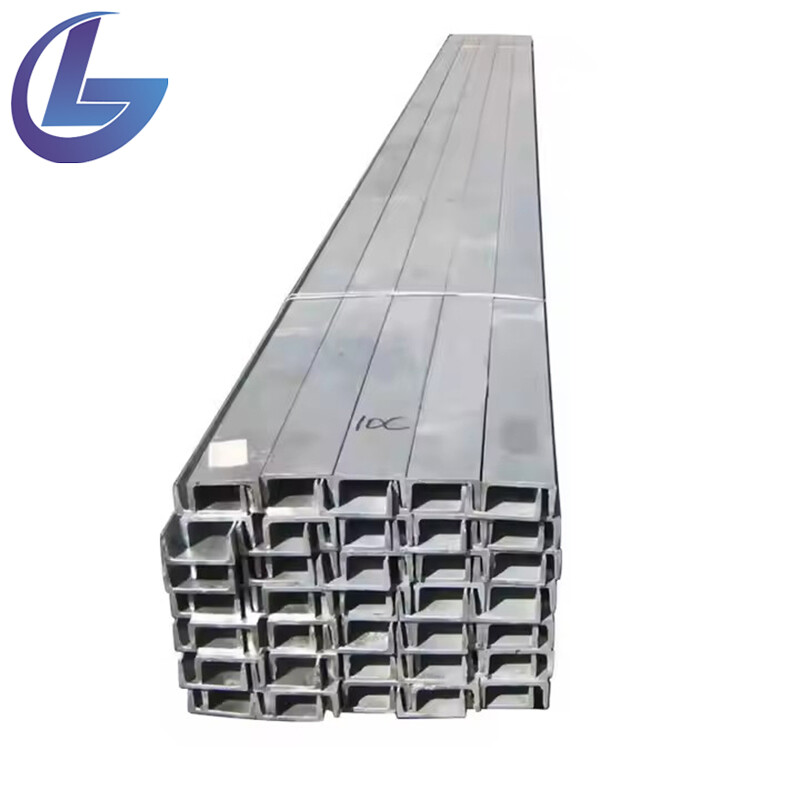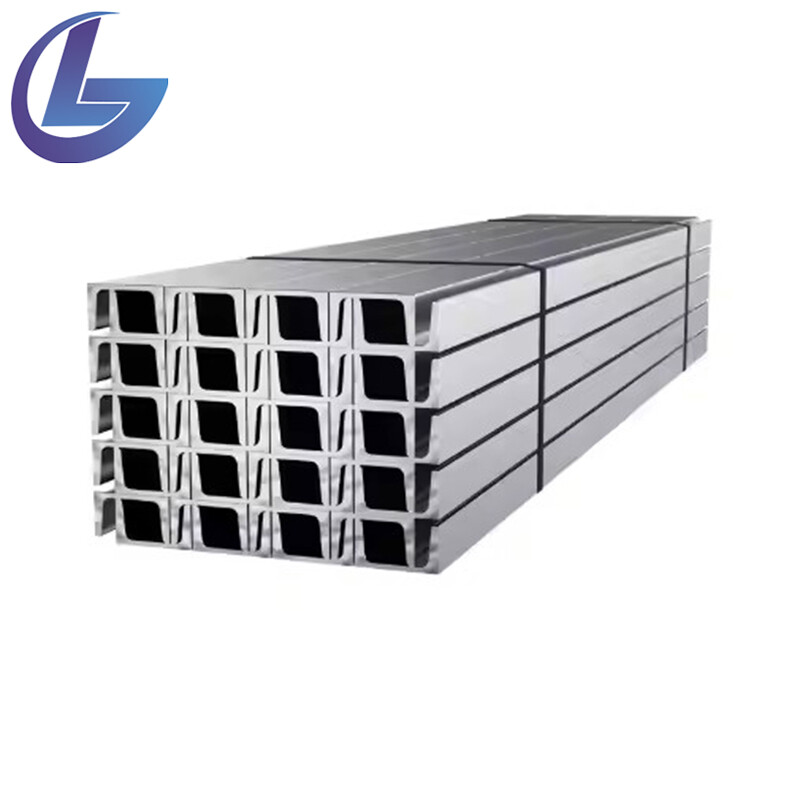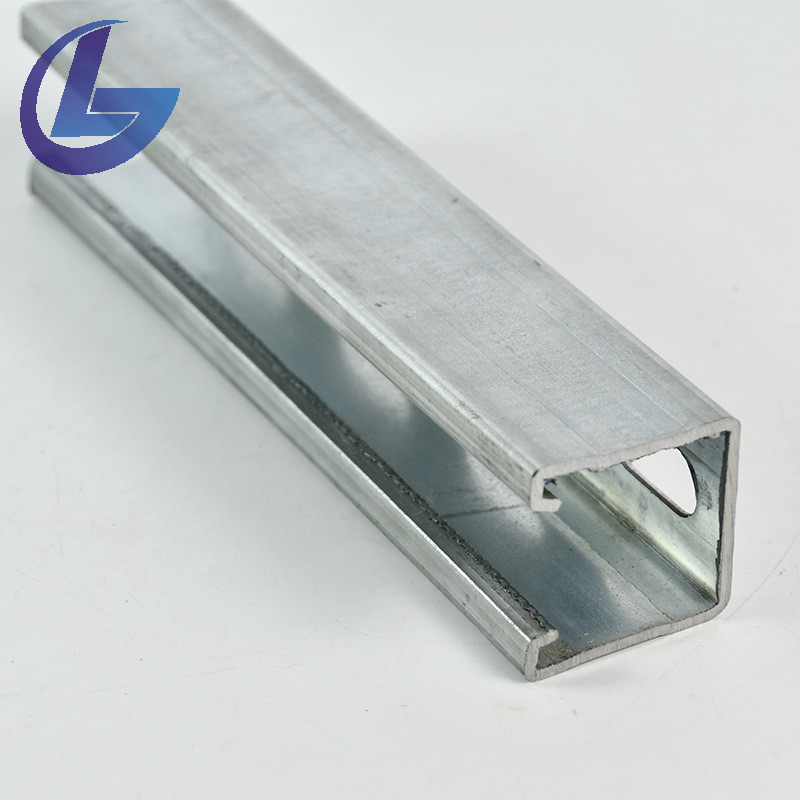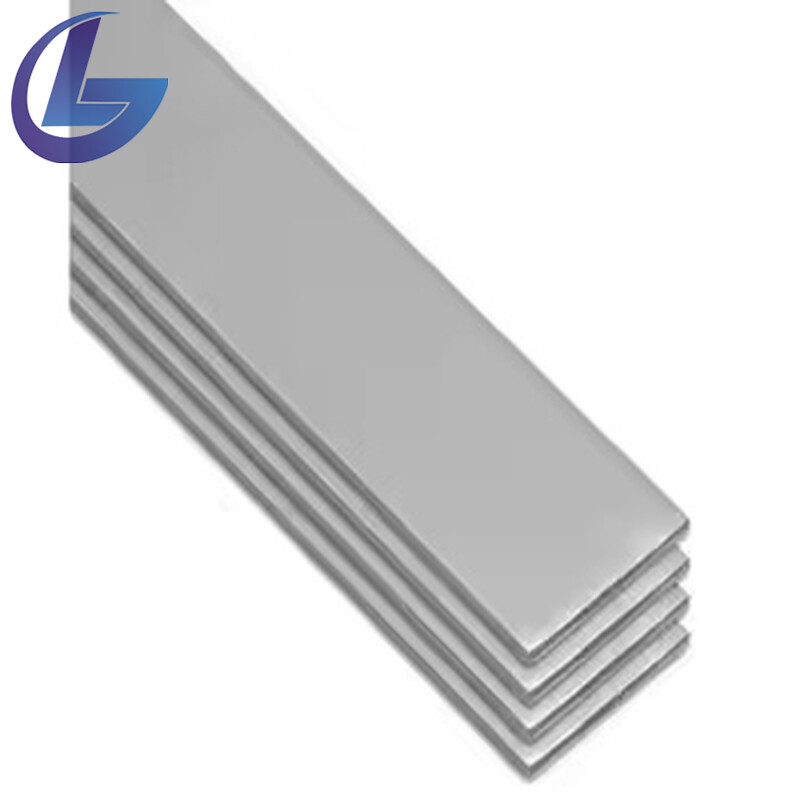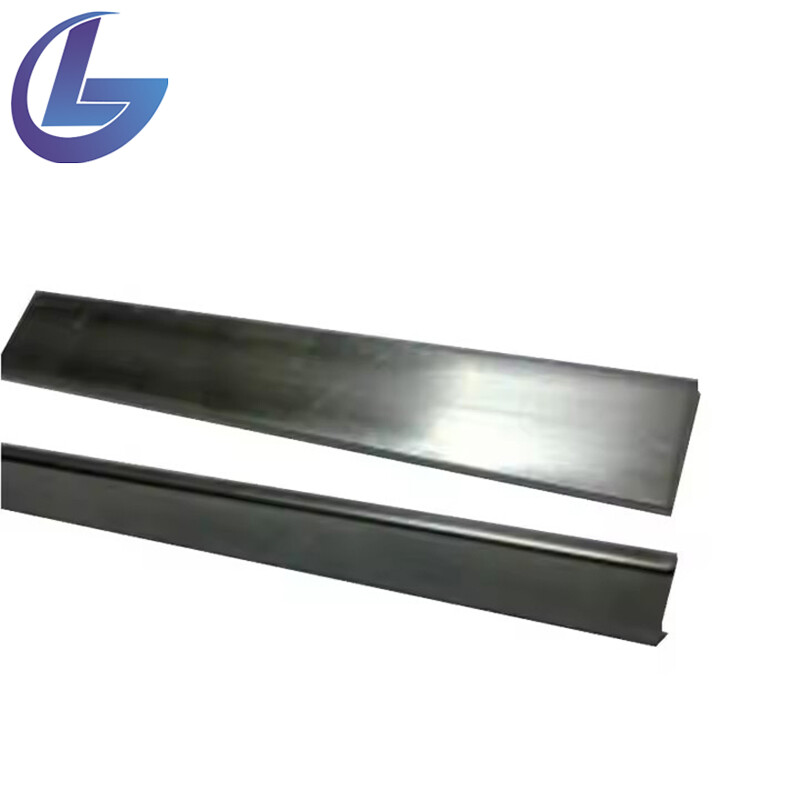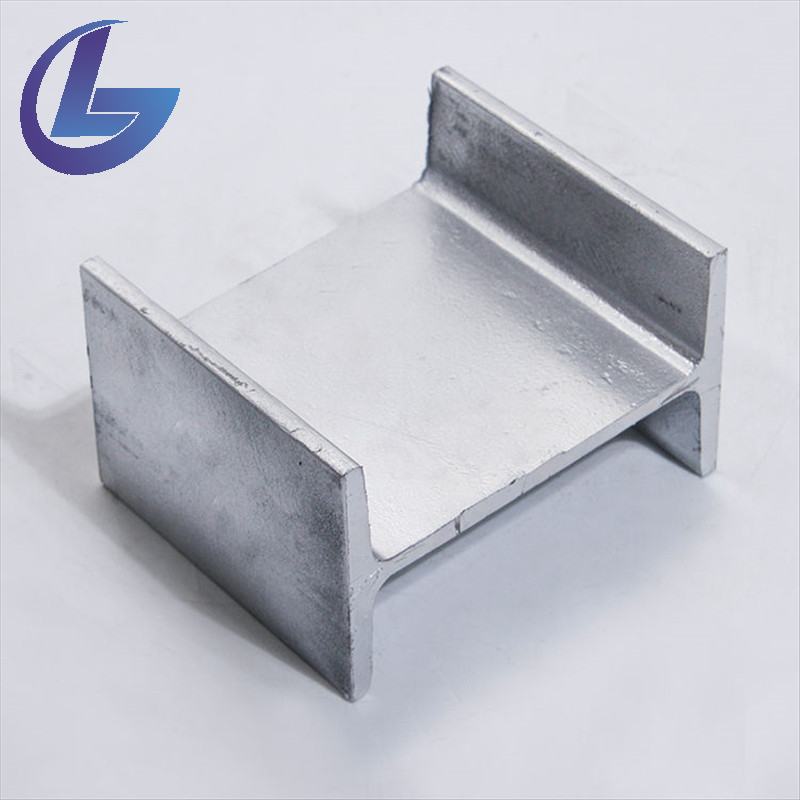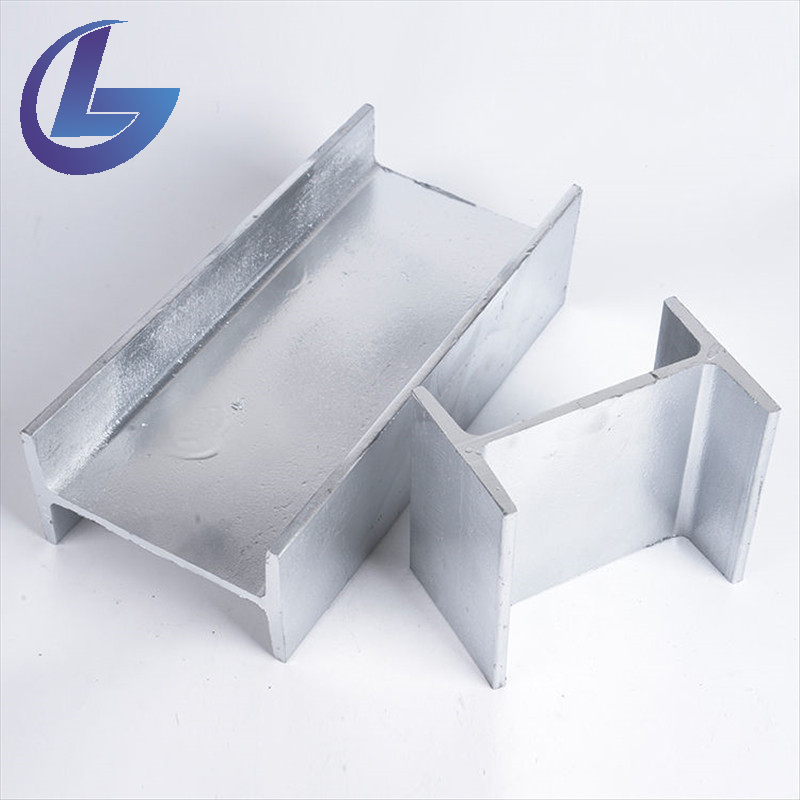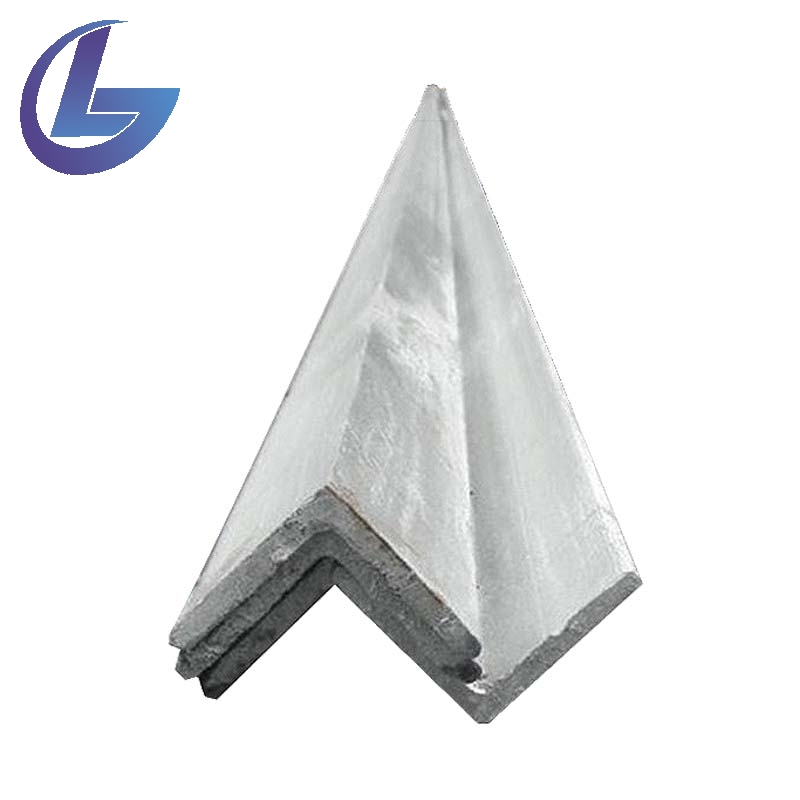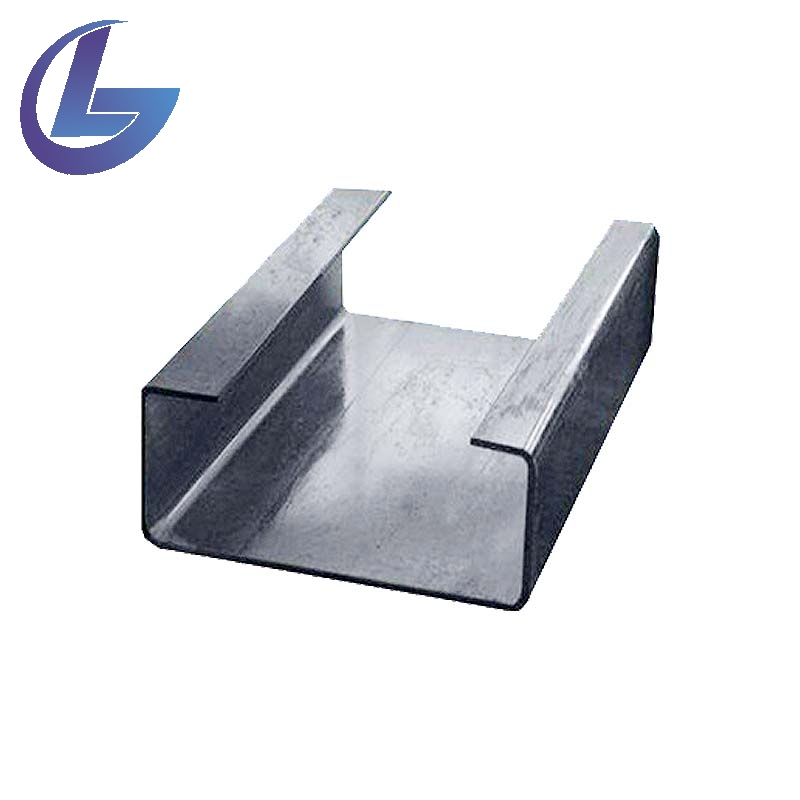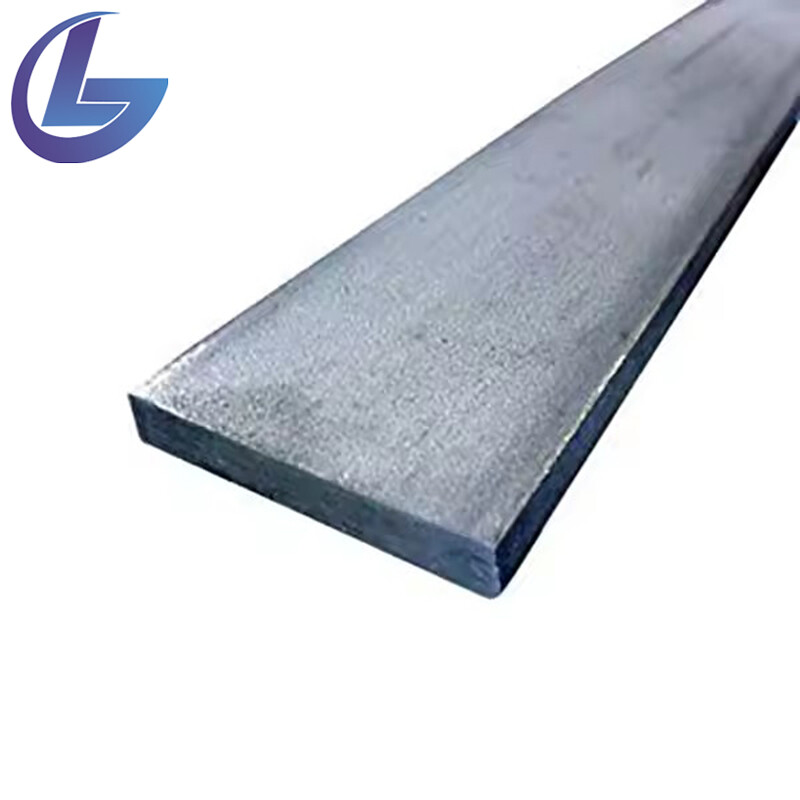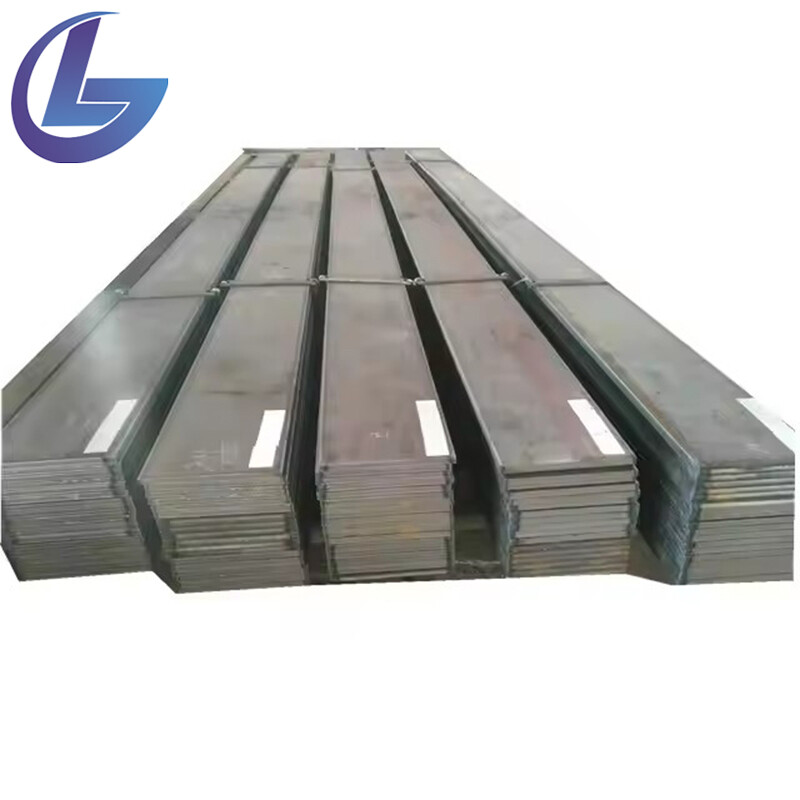PRODUCTS
PRODUCT CENTER
CONTACT US
Copper coils are divided into purple copper coils, brass coils, white copper coils, and bronze coils
More specifications & Grade
◉ Product Details
Copper coils are divided into purple copper coils, brass coils, white copper coils, and bronze coils
Grade: H59, H62, H63, H65, H68, H75, H80, H90; Deoxylated copper (TUP, TUMn), ordinary red copper (T1, T2, T3, T4), anaerobic copper (TU1, TU2 and high-purity, vacuum anaerobic copper); B0.6, B5, B19, B30
Standard: GB204189, National Standard
Approach: Casting billet → Hot rolling → Milling surface → Rough rolling... → Annealing
Processing: welding, cutting, punching, polishing or according to customer requirements
MOQ: Regularly 25 Tons/1 Container or Customized According Your Request
Packaging: Standard airworthiness export packaging: Waterproof paper+steel triple packaging+wooden box
Lead Time: 7-15 days
Application: Brass can be used as various load-bearing parts for deep drawing and bending manufacturing, such as pins, rivets, washers, nuts, conduits, pressure gauges, screens, radiator parts, etc. It has good mechanical properties, good plasticity in hot state, acceptable plasticity in cold state, good machinability, easy soldering and welding, corrosion resistance, and is a widely used common brass variety.
H represents brass, and numbers represent the mass fraction of copper. For example, H68 represents brass with a copper content of 68% and a zinc content of 32%. For cast brass, the letter "Z" is placed before the code name. For example, ZH62 and Zcuzn38 represent cast brass with a zinc content of 38% and a copper margin. H90 and H80 are single-phase, golden in color, hence they are collectively referred to as gold plating, decorations, medals, etc. H68 and H59 belong to duplex brass and are widely used in structural components of electrical appliances, such as bolts, nuts, washers, springs, etc. In general, single-phase brass is used for cold deformation processing, and duplex brass is used for hot deformation processing.
Purple copper is pure copper: pure copper is purple red in color, also known as purple copper. Pure copper has a density of 8.96 and a melting point of 1083 ℃, exhibiting excellent conductivity, thermal conductivity, ductility, and corrosion resistance. Mainly used for making electrical equipment such as generators, busbars, cables, switchgear, transformers, as well as thermal conductivity equipment such as flat plate collectors for heat exchangers, pipelines, and solar heating devices.
White copper plates are divided into five categories: ordinary white copper plates, iron white copper plates, manganese white copper plates, zinc white copper plates, and aluminum white copper plates.
Bronze is the earliest alloy in the history of metal smelting and casting. Adding tin or lead alloy to pure copper (purple copper) has special importance and historical significance. Compared with pure copper (purple copper), bronze has higher strength and lower melting point (25% tin smelting bronze will lower the melting point to 800 ℃. The melting point of pure copper (purple copper) is 1083 ℃). Bronze has good castability, wear resistance, and stable chemical properties.
◉ Product Show
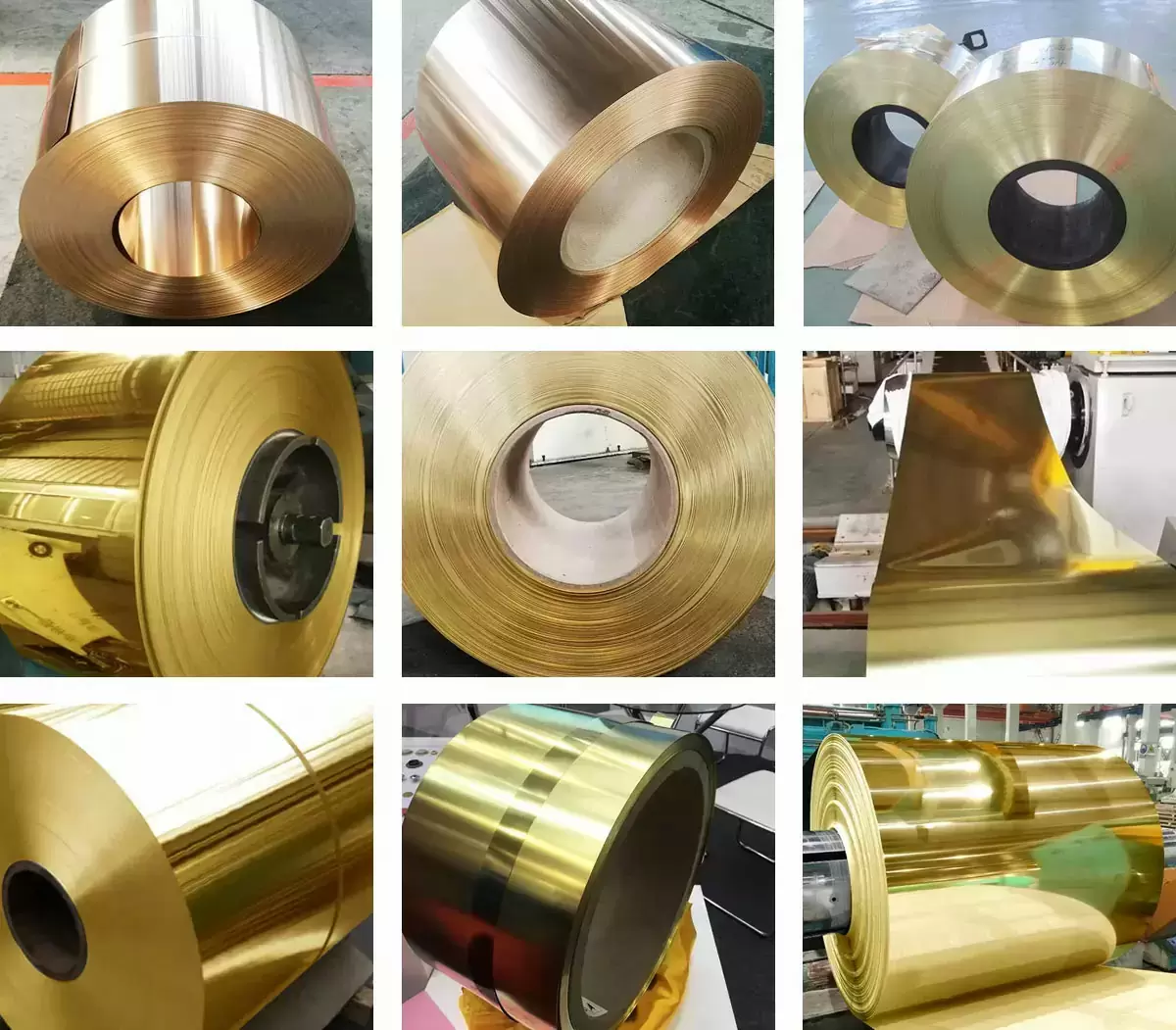
◉ Factory Show
◉ Online Consultation
Reliable Testing!
We welcome testing by accredited third-party institutions and ensure the highest quality standards. Additionally, we can send free samples for your evaluation. Customer satisfaction is our top priority, and we are committed to providing an exceptional shopping experience.

Interested?
Please provide your details below, and we will get in touch with you promptly:
◉ Related Suggestion
Leave A Message
If you are interested in our products and want to know more details, please leave a message here, we will reply you as soon as we can.

